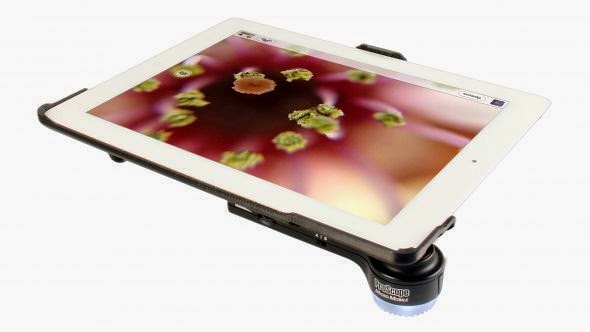In a couple of weeks I will be flying out to Las Vegas to present at the Adobe Learning Summit 2014- to present with my colleague Linda Mahnken, on the
topic of Creating Accessible eLearning with Adobe eLearning Tools. Linda and I will focus on how you can use Adobe Presenter 10 and Adobe Captivate 8 to create elearning material that is accessible for individual with hearing, visual and learning disabilities.
During the session you'll learn:
For teachers who are considering flipping the classroom, Adobe Presenter 10 comes with Adobe Presenter Video Express which makes creating instructional videos from your computer a cinch. Adobe has really thought out this
application and within minutes you will be creating your first highly polished videos that you can publish to YouTube, Vimeo, & Adobe Connect.
Adobe Presenter Video Express includes the ability to add Closed Captioning-taking advantage of speech recognition to get the captioning done quickly. If you have been struggling to find an easy to use tool for creating instructional videos on you Mac or PC then take a look at Adobe Presenter Video Express. There is a lot to like in the new Adobe Presenter 10-but for me it has always been that balance of features with rapid development. Hope to see you at the Adobe Learning Summit 2014 Conference.
topic of Creating Accessible eLearning with Adobe eLearning Tools. Linda and I will focus on how you can use Adobe Presenter 10 and Adobe Captivate 8 to create elearning material that is accessible for individual with hearing, visual and learning disabilities.
During the session you'll learn:
- Accessibility features in Captivate and Presenter
- Which content types are and are not accessible
- Best practices for accessible online content
For teachers who are considering flipping the classroom, Adobe Presenter 10 comes with Adobe Presenter Video Express which makes creating instructional videos from your computer a cinch. Adobe has really thought out this
application and within minutes you will be creating your first highly polished videos that you can publish to YouTube, Vimeo, & Adobe Connect.
Adobe Presenter Video Express includes the ability to add Closed Captioning-taking advantage of speech recognition to get the captioning done quickly. If you have been struggling to find an easy to use tool for creating instructional videos on you Mac or PC then take a look at Adobe Presenter Video Express. There is a lot to like in the new Adobe Presenter 10-but for me it has always been that balance of features with rapid development. Hope to see you at the Adobe Learning Summit 2014 Conference.















